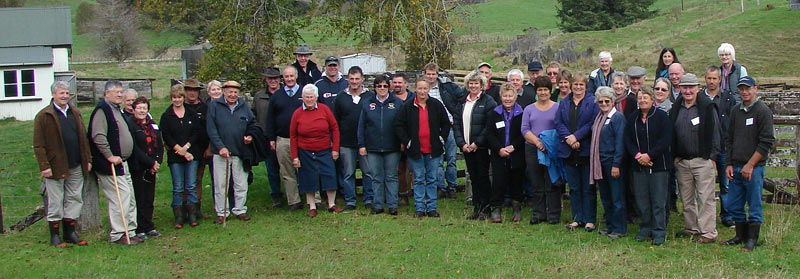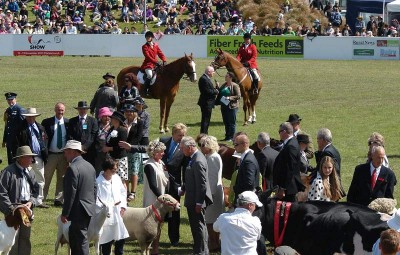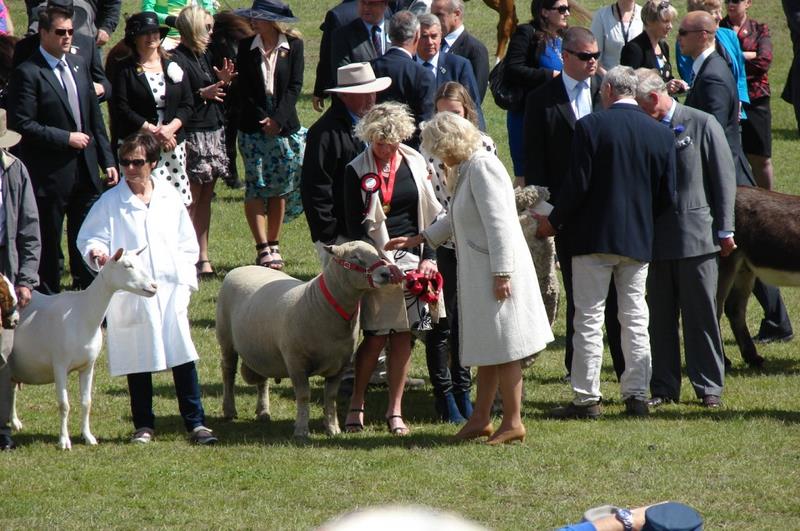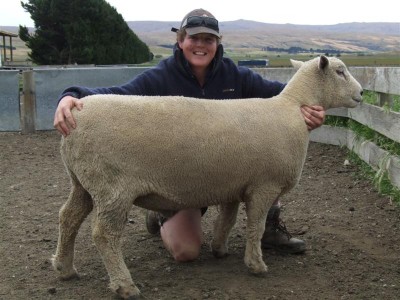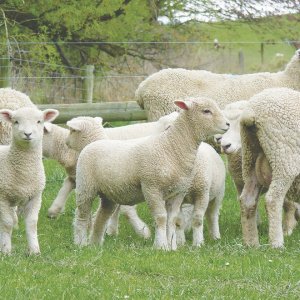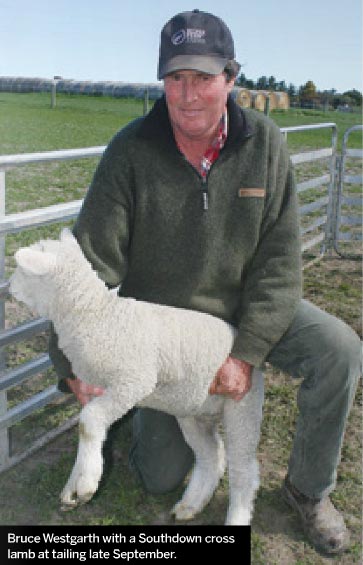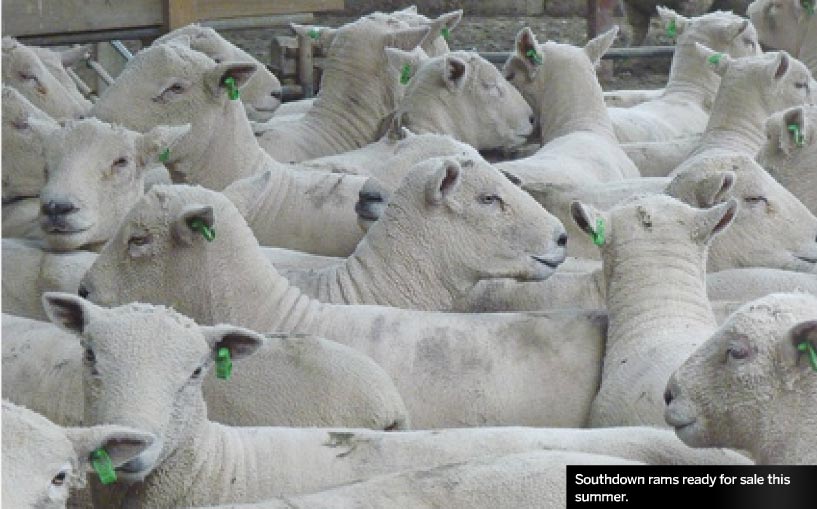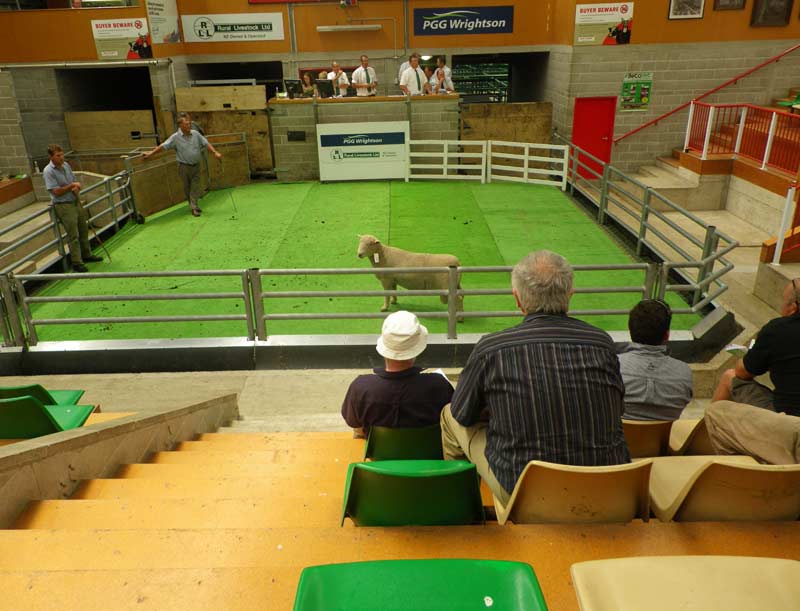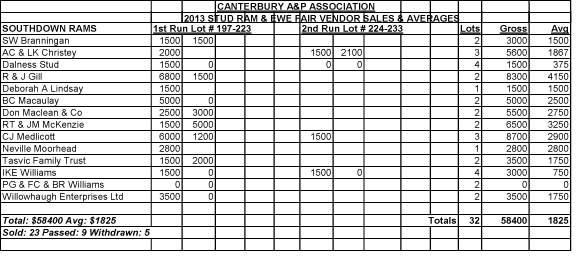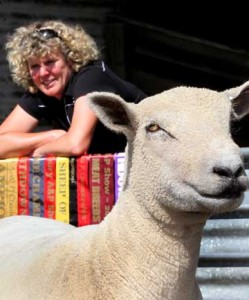
ON A ROLL: Christina Jordan has had her fair share of success in the show ring and the auction arena.
A trifecta that would make the heart race for any punter looms in the unlikely arena of a ram auction.
Blenheim father and daughter, Ian and Christina Jordan, from Willowhaugh Enterprises had a good pay day when a pair of rams made $16,000 and $12,000 to top the bidding at Canterbury A&P Association ram and ewe sale last Friday.
The southdown ram duo were among three Jordan rams that won the all breeds food and fibre trifecta at last month’s Canterbury A&P Show. The $16,000 ram went a step further, winning the best carcass sheep class.
The third member of the trifecta will go in front of North Island bidders at the Feilding ram sale next week and should it match the other bids the trio could raise the Jordans’ earnings to the $40,000 range.
Christina Jordan said she split the trio because she had good North Island clients and always supported the Feilding sale.
“It’s pretty exciting and must be nice for the judges to be proven right because we always hear about them being proven wrong. The [first two rams] have got a very good average at the moment and we wouldn’t want to expect as much as the other two, but he’s as good as the other two and has strengths the others don’t have.”
The Jordans’ main concern was being able to catch a ferry across to the sale as one was out of commission and sailings for the other were tight with the Christmas rush approaching.
The three rams were sired by a Jordan ram which won the all breeds supreme meat sheep for the second year in a row at the Canterbury show. The sire, bought by the Jordans from Canterbury breeder Chris Medlicott, has more than made up for its initial investment of $8500 in its first crop of rams.
The $16,000 ram was bought by David Gillespie, from Oxford, while the final bid for the $12,000 ram went to Julie and Richard Gill, from Takaka, with Australian semen rights bought by the Fernhill Southdown Stud in Victoria.
Another southdown ram owned by Medlicott sold for $11,000 to Todd Anderson, from Southland.
Dunsandel breeder Guy Abbott sold a suffolk ram for $7500 with semen shares going to Australia and the Seaton brothers sold a suffolk for $7000 which the Jordans matched with another southdown ram which was not exhibited at the Canterbury show.
Total sales for the lineup of 263 rams and 10 ewes clipped $306,000 at the sale. This was up on last year’s result; however, sale averages were down at $1867 for rams and $287 for ewes.
Last year’s drought in the North Island and a large ewe kill were contributing factors to lower individual prices, said PGG Wrightson NZ Livestock genetics manager Bruce Orr.
“The biggest driver is the continuing depreciation of commercial ewes in all provinces of New Zealand, the follow on is that stud breeders are selling less commercial rams.”
The total of 163 rams sold was the best clearance in the last four events.
Another six ewes were sold and the rest were either passed in after failing to meet reserve prices or withdrawn.
Ram prices averaged $2422 in the last event held this year in January, $2172 last year and $1781 in 2011.
The ram and ewe sale was traditionally held over two days in January, but the event was brought forward to a single day sale in November to bring it into line with the ram-selling season.

